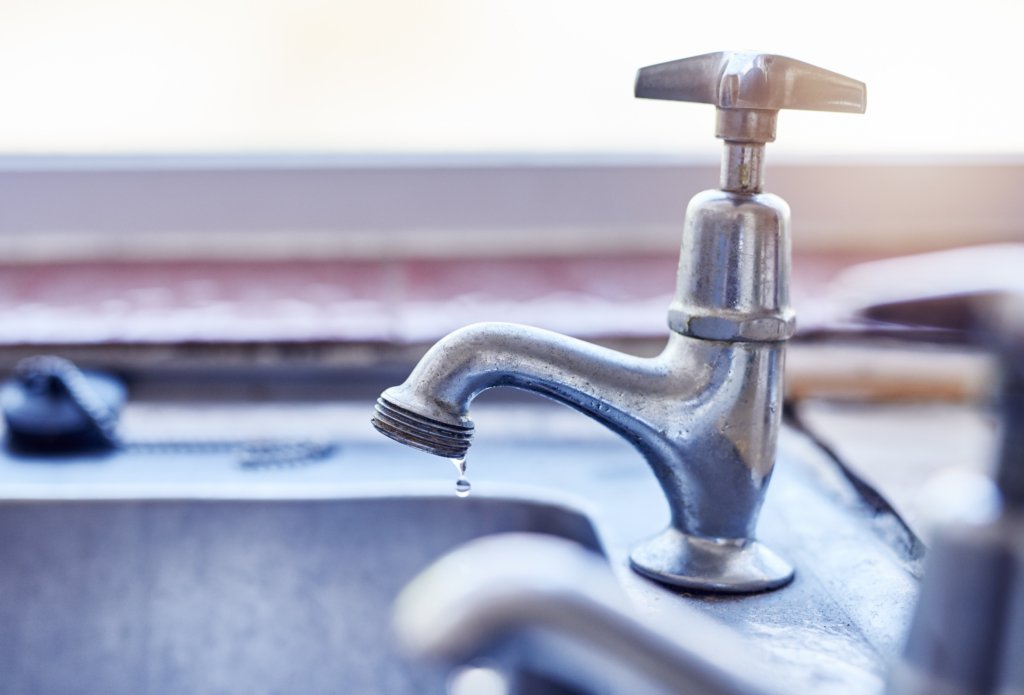The challenges facing Arizona’s rural water systems and possible solutions to those problems were the subject of a public webinar hosted by The Arizona Department of Environmental Quality (ADEQ) Water Quality Division.
Rural Arizona water systems face challenges with resources, labor, infrastructure, and long-term financial planning. Due to inflation and the current drought in Arizona, small water systems (systems that regularly serve at least 25 people for at least 60 days of the year) are being used with government assistance, reserves, and the Arizona Rural Water Association, etc. We have no choice but to rely on the non-profit organization (RWAAZ), and the Rural Community Assistance Corporation (RCAC) to remain viable. A webinar organized by the Water Quality Division’s Safe Drinking Water Value Stream Capacity Development Program highlighted resources including financial and technical assistance for small water operators, but eligibility requirements include Pima, Pinal , and parts of Maricopa County are not included.
Dive deeper: See the future of water in Arizona
Read also: Quick Facts To Know About Water Supply In Arizona
The webinar provided tips on how to apply for grants and loans, as well as technical assistance with operations. “We want to help and support any kind of expansion that is going on,” said Henry Cornejo, water treatment operator for RWAAZ’s sewage program services. The webinar also brought reassurance and hope to the owners. Authorized Operator Deai Smith said, “This is a new era for RWAAZ. We are looking to find solutions and new directions for the future. The best way is to reach out to meet your needs.” “We don’t just want to create solutions that want things to work,” added Smith.
However, the meeting noted that many of the grants and loans discussed in the webinar did not support all owners. It targets low-income areas with safety concerns and rural areas with less than 50,000 inhabitants, and excludes owners of other small water systems that do not meet these requirements. Another example of a relief exclusivity is the Water Development Fund, which geographically excludes local water owners. Only supplies cities and towns “outside his AMA in Maricopa, Pima and Pinal counties”.
The challenges facing Arizona’s rural water systems and possible solutions to those problems were the subject of a public webinar on Thursday hosted by the Water Quality Division of the Arizona Department of Environmental Quality (ADEQ).
Rural Arizona water systems face challenges with resources, labor, infrastructure, and long-term financial planning. Due to inflation and the current drought in Arizona, small water systems (systems that regularly serve at least 25 people for at least 60 days of the year) are being used with government assistance, reserves, and the Arizona Rural Water Association, etc. We have no choice but to rely on the non-profit organization (RWAAZ), and the Rural Community Assistance Corporation (RCAC) to remain viable. A webinar organized by the Water Quality Division’s Safe Drinking Water Value Stream Capacity Development Program highlighted resources including financial and technical assistance for small water operators, but eligibility requirements include Pima, Pinal , and parts of Maricopa County are not included.
The webinar provided tips on how to apply for grants and loans, as well as technical assistance with operations. “We want to help and support any kind of expansion that is going on,” said Henry Cornejo, water treatment operator for RWAAZ’s sewage program services. The webinar also brought reassurance and hope to the owners. Authorized Operator Deai Smith said, “This is a new era for RWAAZ. We are looking to find solutions and new directions for the future. The best way is to reach out to meet your needs.” “We don’t just want to create solutions that want things to work,” added Smith.
However, the meeting noted that many of the grants and loans discussed in the webinar did not support all owners. It targets low-income areas where there are problems with safety and security” and “rural areas with less than 50,000 inhabitants”, excluding owners of other small water systems that do not meet these requirements. Another example of a relief exclusivity is the Water Development Fund, which geographically excludes local water owners. Only supplies cities and towns “outside his AMA in Maricopa, Pima and Pinal counties”.
















